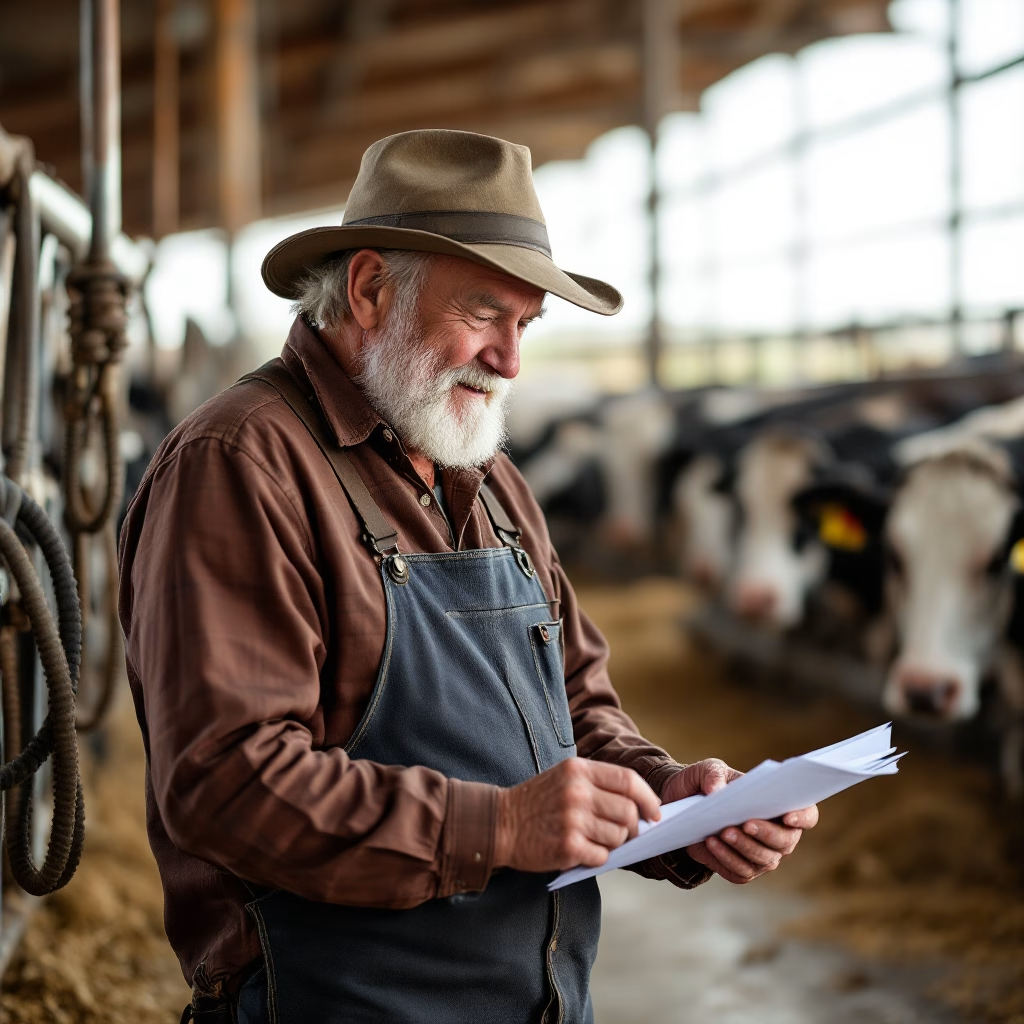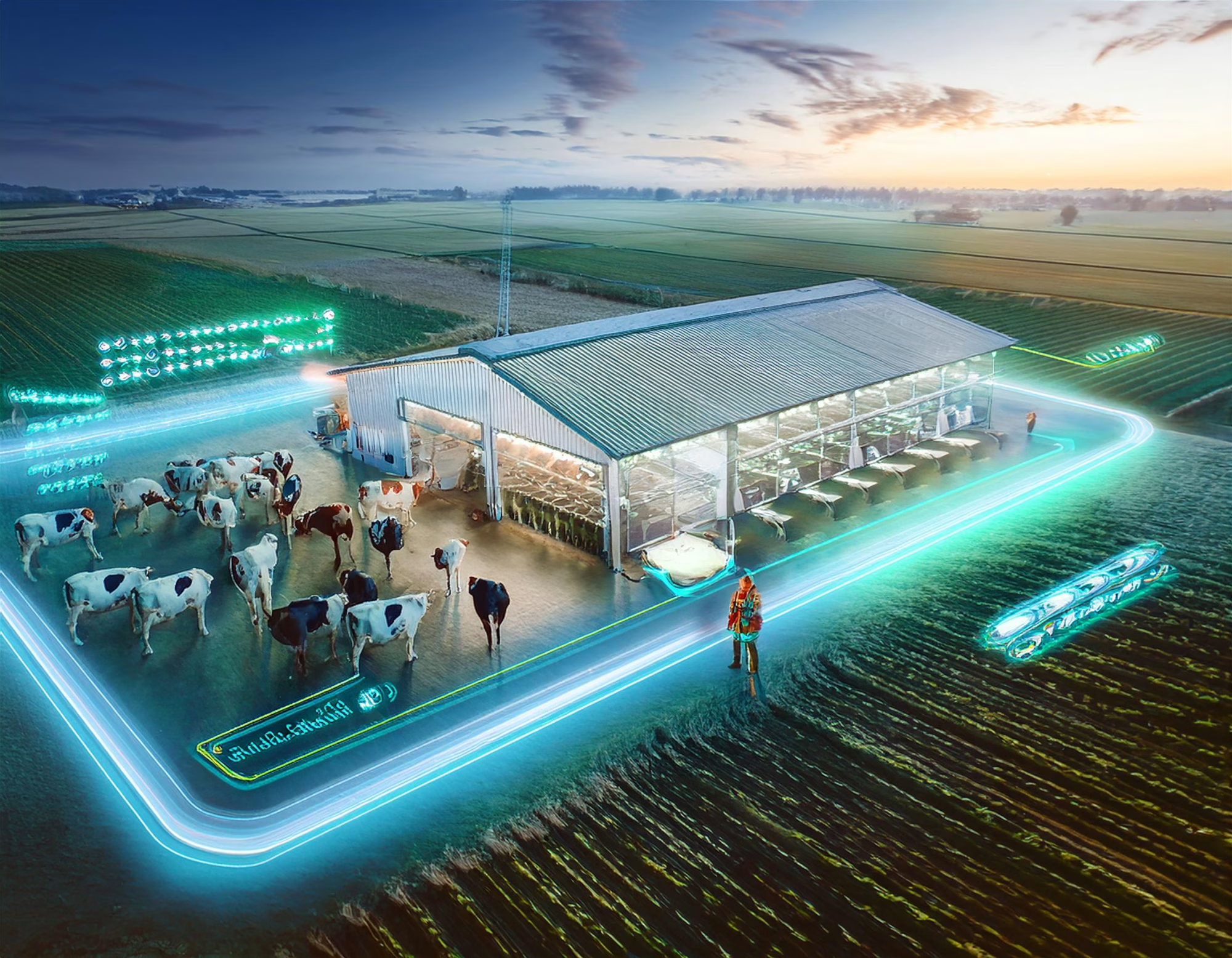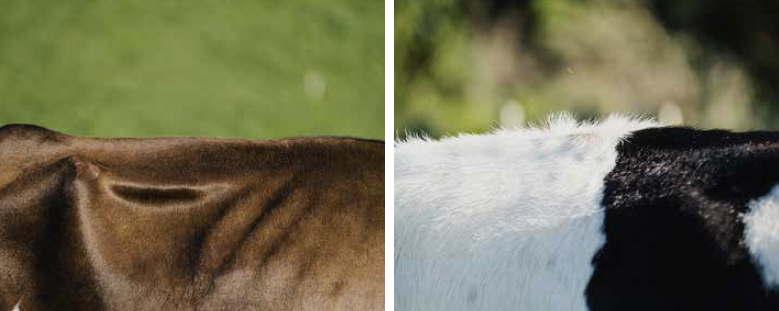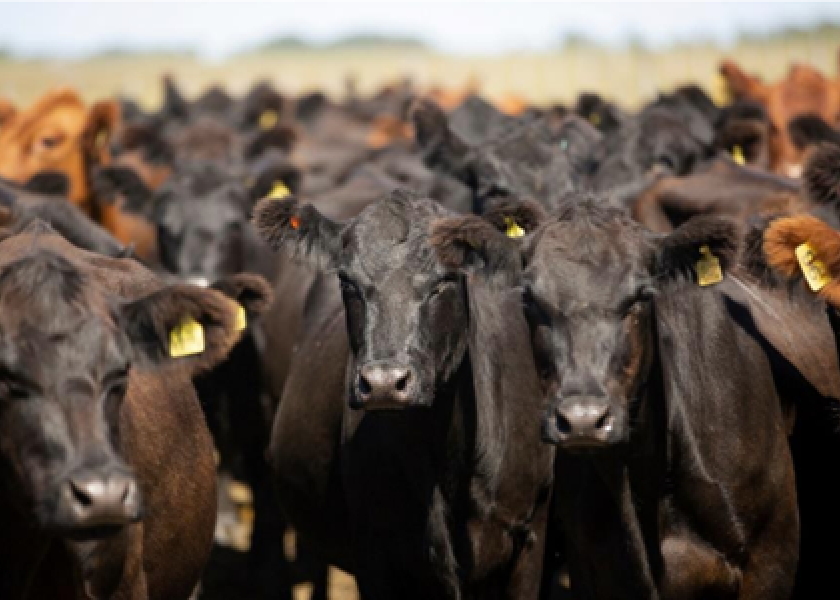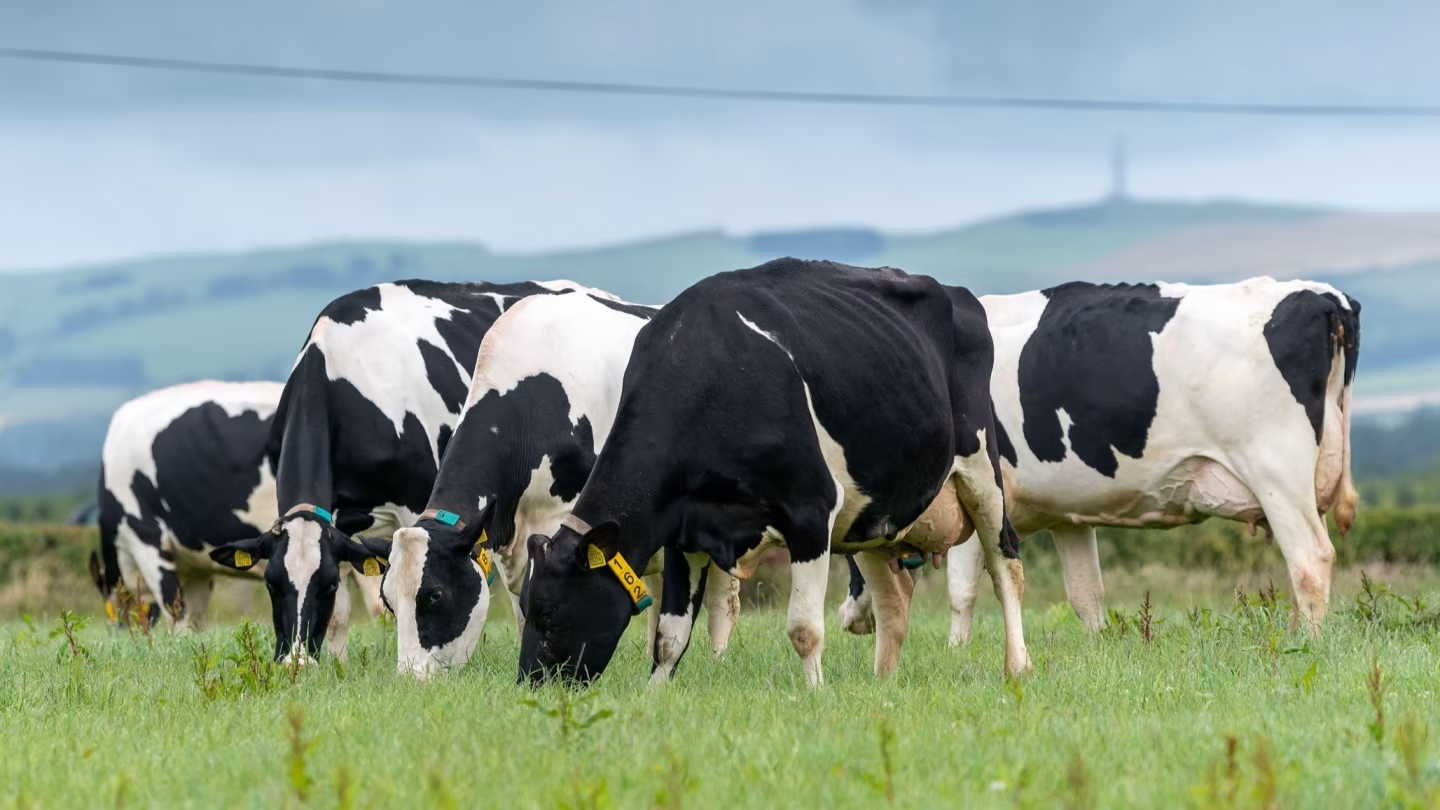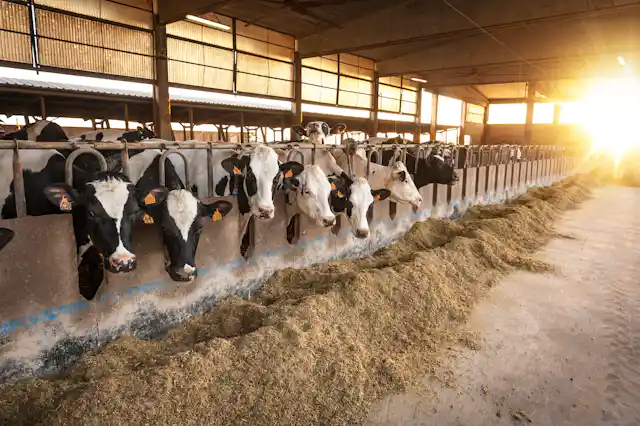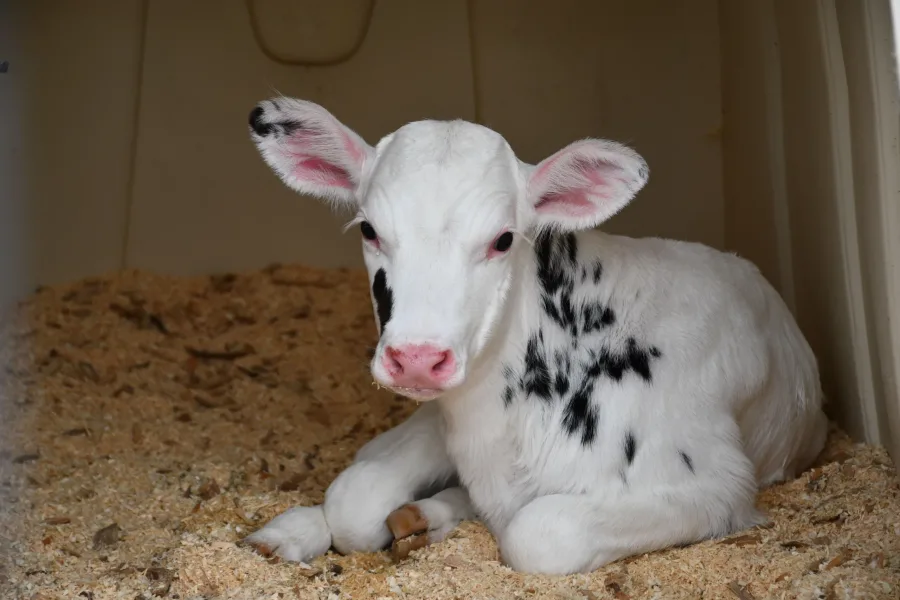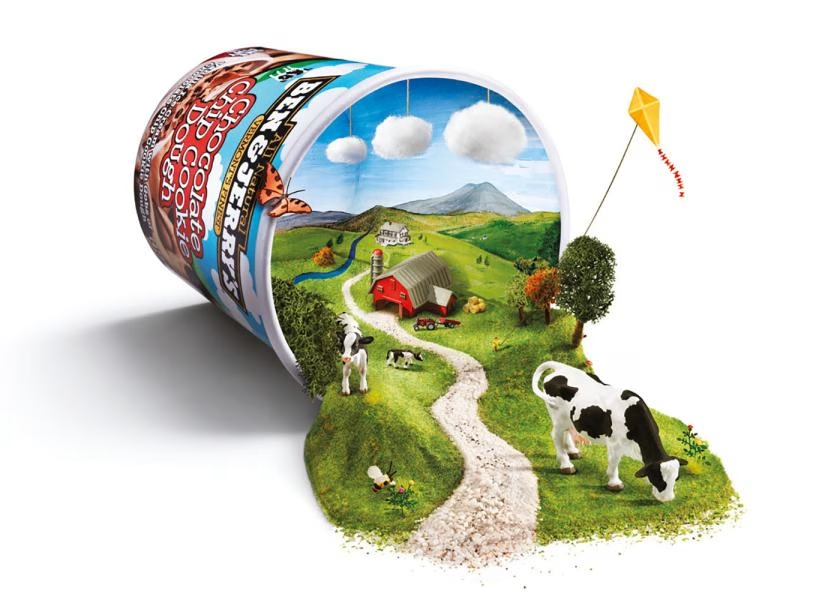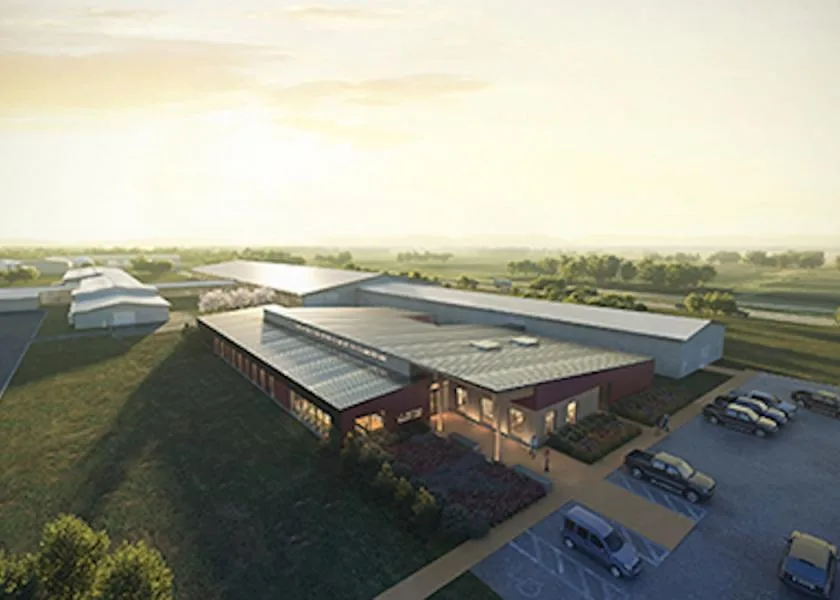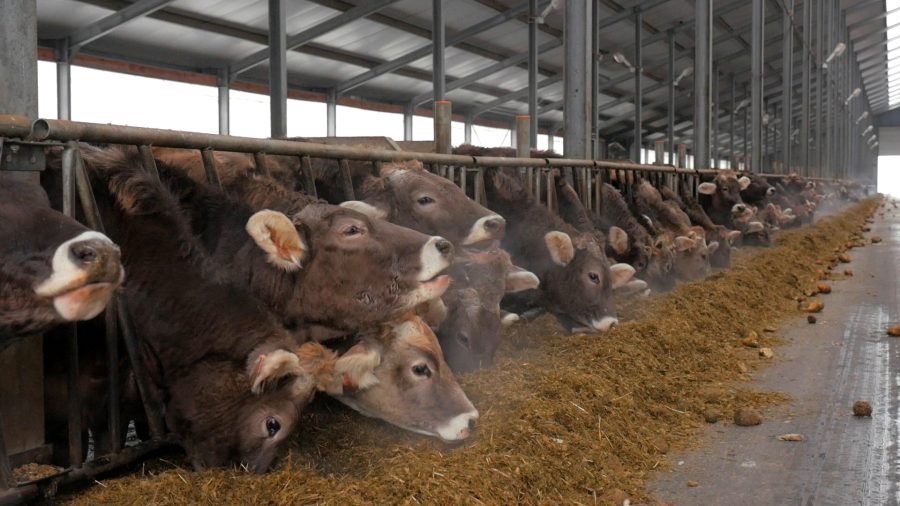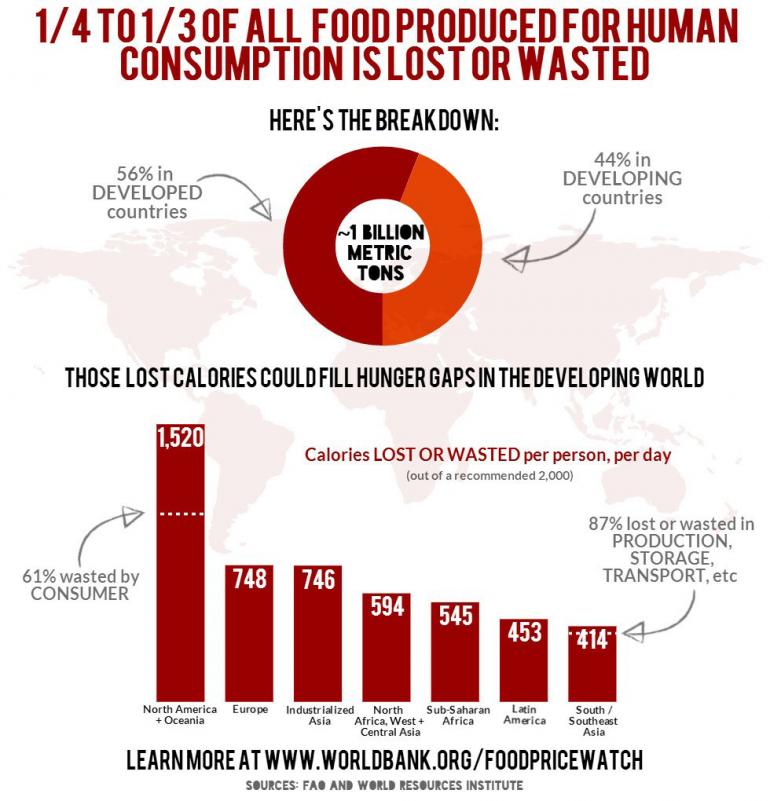Climate change is reshaping dairy farming. From heat-stressed cows to shifting rainfall patterns, farmers face new challenges. However, dairy operations are adapting to innovative cooling systems, smart feed management, and industry-wide initiatives. Discover how farmers are turning climate hurdles into opportunities for sustainable growth.
Summary:
Dairy farmers face unprecedented challenges due to climate change, with rising temperatures and unpredictable weather patterns impacting herd health, milk production, and operational costs. Heat stress reduces feed intake and fertility in cows, while changing rainfall patterns affect pasture and feed crop management. Farmers are implementing strategies such as advanced cooling systems, adjusted feeding schedules, and water conservation techniques to adapt. The industry also responds with ambitious goals, like Canada’s aim for net-zero emissions by 2050. Despite these challenges, the outlook for the dairy sector remains cautiously optimistic, with feed costs easing and margins projected to stay above the five-year average. As the industry evolves, collaboration between farmers, researchers, and policymakers will be crucial in developing sustainable, climate-resilient dairy farming practices.
Key Takeaways:
- Climate change significantly impacts dairy farming through heat stress on cows and changing weather patterns.
- Heat stress reduces dairy cows’ feed intake, milk production, and fertility.
- Farmers adapt to improved ventilation, adjusted feeding schedules, and water conservation strategies.
- Economic impacts are substantial, with UK farms facing an estimated £472,539 per farm in climate resilience costs over the next decade.
- The dairy industry is responding with initiatives like Canada’s goal for net-zero emissions by 2050.
- Precision agriculture and advanced monitoring systems are becoming crucial for farm management.
- The 2025 outlook for the dairy sector is cautiously optimistic, with margins expected to remain above the five-year average.
- Collaboration between farmers, researchers, and policymakers is essential for developing sustainable practices.
- Regional differences in emission intensities highlight opportunities for improvement in developing regions.
- Adapting to climate change is a challenge and an opportunity for innovation in the dairy industry.
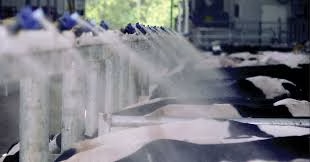
As dairy farmers, we are accustomed to adjusting to various changes. However, climate shifts present a unique array of challenges. Let’s explore what these changes entail and their implications for our operations.
The Heat is On: How Warming Temperatures Affect Our Herds
Like how we feel lethargic on a warm summer day, our cows endure the heat. However, this is not merely a matter of comfort; it impacts our financial returns.
- Heat stress reduces feed consumption, milk production, and fertility among our herds.
- With each 1.5°F rise in temperature, the milk yield equivalent to that of 1.5 cows may be lost on an average Wisconsin dairy farm.
- By 2030, these temperature escalations could slightly decrease milk production across the United States.
Consider it this way: if the cows are expending energy to cool themselves, energy is not used for milk production. It’s akin to operating your tractor’s air conditioning on high—consuming fuel that could be utilized for other tasks.
Weathering the Storm: Changing Rainfall Patterns
Our pasturelands and feed crops are also experiencing the effects of shifting climates. Here’s what we’re encountering:
- Increased rainfall during the spring and winter months alters bovine behavior and heightens the risk of diseases.
- The wetter conditions resemble attempting to operate machinery in a muddy field—it’s more taxing on the cows and can exacerbate health issues.
- Summer droughts are increasingly frequent, compromising our ability to produce adequate feed.
Adapting Our Operations: What Can We Do?
In the same way we modify our planting schedules according to the climatic conditions, adjusting our entire farming operations to these evolving environmental challenges is crucial. Consider the following strategies:
Keeping Cows Cool
- Install barn ventilation systems to maintain air circulation, akin to a refreshing breeze on a hot summer day.
- Introduce shade structures and water sprinklers to provide your cows with a comfortable, cool resting area.
- Alter feeding schedules to circumvent the hottest parts of the day.
Managing Feed and Water
- Adopt long-term feed storage solutions, akin to expanding a pantry for those leaner times.
- Enhance water use efficiency through advanced irrigation technology, ensuring every drop is utilized effectively.
- Consider cultivating heat-resistant crops for feed purposes.
Planning for the Future
- Formulate comprehensive long-term management plans as a strategic roadmap for the farm’s future.
- Ponder investment in infrastructure such as feeding sheds or feed pads to minimize waste.
The Numbers Game: Economic Impacts
The economic implications of these climatic changes extend beyond the well-being of our cattle, significantly impacting our financial bottom line as well.
- In the United Kingdom, projections indicate that bolstering climate resilience on dairy farms will incur costs of £472,539 per farm over the forthcoming decade.
- Consider this expenditure an investment in the long-term sustainability of your agricultural operation, like upgrading to a state-of-the-art milking system.
To better understand the regional differences in emission intensities, consider the following table:
| Region | Emission Intensity (kg CO₂ eq. per kg fat-and-protein corrected milk in 2015) |
|---|---|
| Developed Dairy Regions | 1.3 to 1.4 |
| South Asia | 4.1 to 6.7 |
| Sub-Saharan Africa | 4.1 to 6.7 |
| West Asia and North Africa | 4.1 to 6.7 |
This table illustrates the significant variation in emission intensities between developed and developing dairy regions[5]. It provides a clear, quantitative comparison that dairy farmers can use to understand their region’s performance relative to others and the potential for improvement.
Looking to the Future: Industry-Wide Efforts
The dairy sector is actively working on overcoming these hurdles, and we’re far from isolated in this endeavor:
- The goal for the Canadian dairy industry is to reach net-zero greenhouse gas emissions by 2050.
- Think of it as setting a target to make your farm entirely self-sufficient—it’s ambitious but within reach with the right approaches.
What’s Next for Dairy Farmers?
As we anticipate the future, several important aspects should be considered:
- The projections for the dairy industry in 2025 suggest a cautiously optimistic outlook.
- < UNK> Reducing feed costs from their previous peak should benefit our financial standing.
- While profitability is expected to decrease compared to 2024, profit margins will continue to exceed the five-year average.
We can adapt to these evolving circumstances as we have adjusted to emerging technologies and methodologies. The goal is to act proactively rather than reactively.
Conclusion: Resilience in the Face of Change
Climate change poses substantial challenges, yet dairy farmers are well-versed in overcoming adversities. By adopting these strategies and maintaining informed awareness, we can secure our operations’ durability and economic viability for the foreseeable future.
Consider this: Each incremental change we implement on our farms contributes to a significant impact. By installing advanced cooling systems or refining feed management practices, we’re not merely responding to change but pioneering sustainable agriculture.
Stay informed, remain adaptable, and, most critically, continue excelling at what you do best: delivering top-quality dairy products to consumers worldwide.
Learn more:
- Addressing Dairy Farmers’ Concerns about the Impact of Climate Change
- The Death of Small US Dairy Farms: An Autopsy Report
- China’s Bold Move Towards Sustainable Farming Could Transform Your Dairy Business
 Join the Revolution!
Join the Revolution!
Bullvine Daily is your essential e-zine for staying ahead in the dairy industry. With over 30,000 subscribers, we bring you the week’s top news, helping you manage tasks efficiently. Stay informed about milk production, tech adoption, and more, so you can concentrate on your dairy operations.







 Join the Revolution!
Join the Revolution!